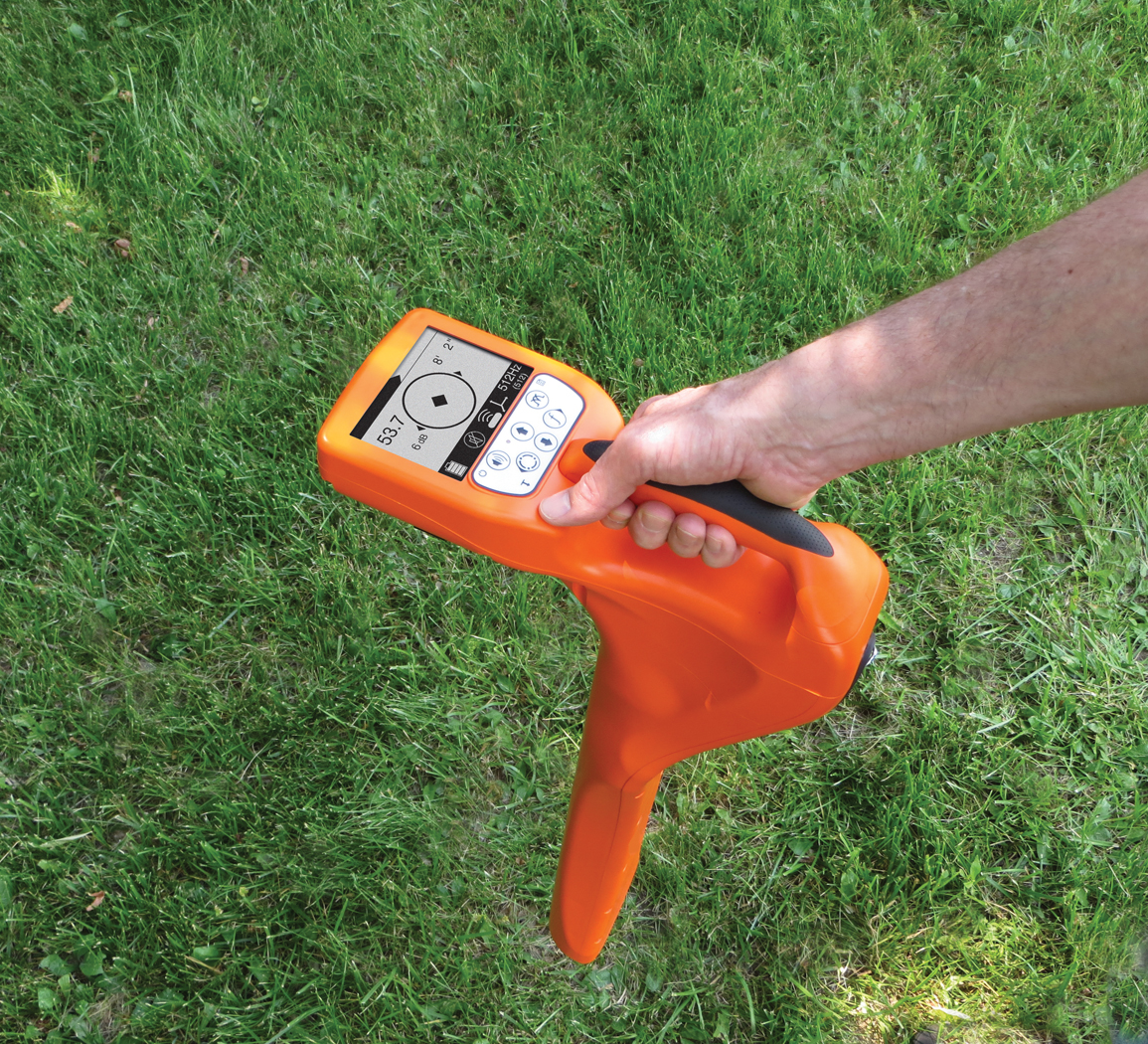Much to my wife’s embarrassment, I love talking about sewers. I love telling people that five thousand years ago, the ancient Indus River civilization, the Sumerians and Egyptians all had flush toilets. I love quoting physicians and health officials who say that a safe and effective waste water infrastructure saves more lives than penicillin. And finally, I get very, very worried when I hear firsthand stories about the challenges facing our waste water systems today.
Our biggest problem right now is our underground utilities leak like the proverbial sieve! When it rains, these leaks cause a deluge of fresh water coursing into the sanitary sewer system. What do you get when you mix a gallon of rain water with a gallon of sewage? Two gallons of sewage! The end result of this process is a huge surge in water volume, which overwhelms the local treatment plant’s capacity and ends up spewing raw sewage into local waterways.
Overflows have become more and more common over the past few decades and threaten to erode public health and safety. The Environmental Protection Agency, working with the Departments of Environmental Protection at the state level, have been laboring long and hard to shore up the leaks in the public portion of our infrastructure. Unfortunately, their efforts haven’t yielded the expected results.
A couple of weeks ago I spoke to a local DEP administrator about the situation. According to him, the past ten years have seen significant progress toward reducing leaks in the public sewer systems. Industry standards have been adapted, repair specifications have been created, inspection protocols have been acknowledged and measurable progress has been made. The experts agree; the public sewer system is as water-tight as it’s been in decades. However, the incidence of sanitary sewer overflows and combined sewer overflows (SSOs and CSOs in EPA lingo) have not diminished. Why? In a word: laterals.
Lateral sewers are the pipes that link our private homes, businesses and institutions with public infrastructure. Laterals are private property and are the responsibility of the building’s owner. If they leak, it is the responsibility of the property owner to repair them. If the French drains are plumbed into the sewer pipe, it is the responsibility of the property owner to correct them. Local building codes and municipal statutes have been enacted all over the country to protect the integrity of the sanitary sewer system, but in the real world, out of sight is out of mind. According to the Department of Environmental Protection, privately owned laterals are the Achilles heel of our underground infrastructure system.
The first line of defense in the fight against leaking laterals are plumbers and drain cleaners. The EPA recommends that contractors be extremely proactive in replacing or fixing all leaky and out-of-code pipes in order to cut down on inflow and infiltration. This recommendation gives official government sanction the opportunity of a lifetime to drain cleaning professionals. It’s estimated that several trillion dollars will be spent in private underground infrastructure improvements over the next decade. Every major metropolitan market will see expenditures of several billion dollars. That’s billion with a “B!”
Invest in a jetter and a pipe inspection system and join the fun!
Contact the Drain Brains® at General at 800-245-6200 or by email [email protected].
